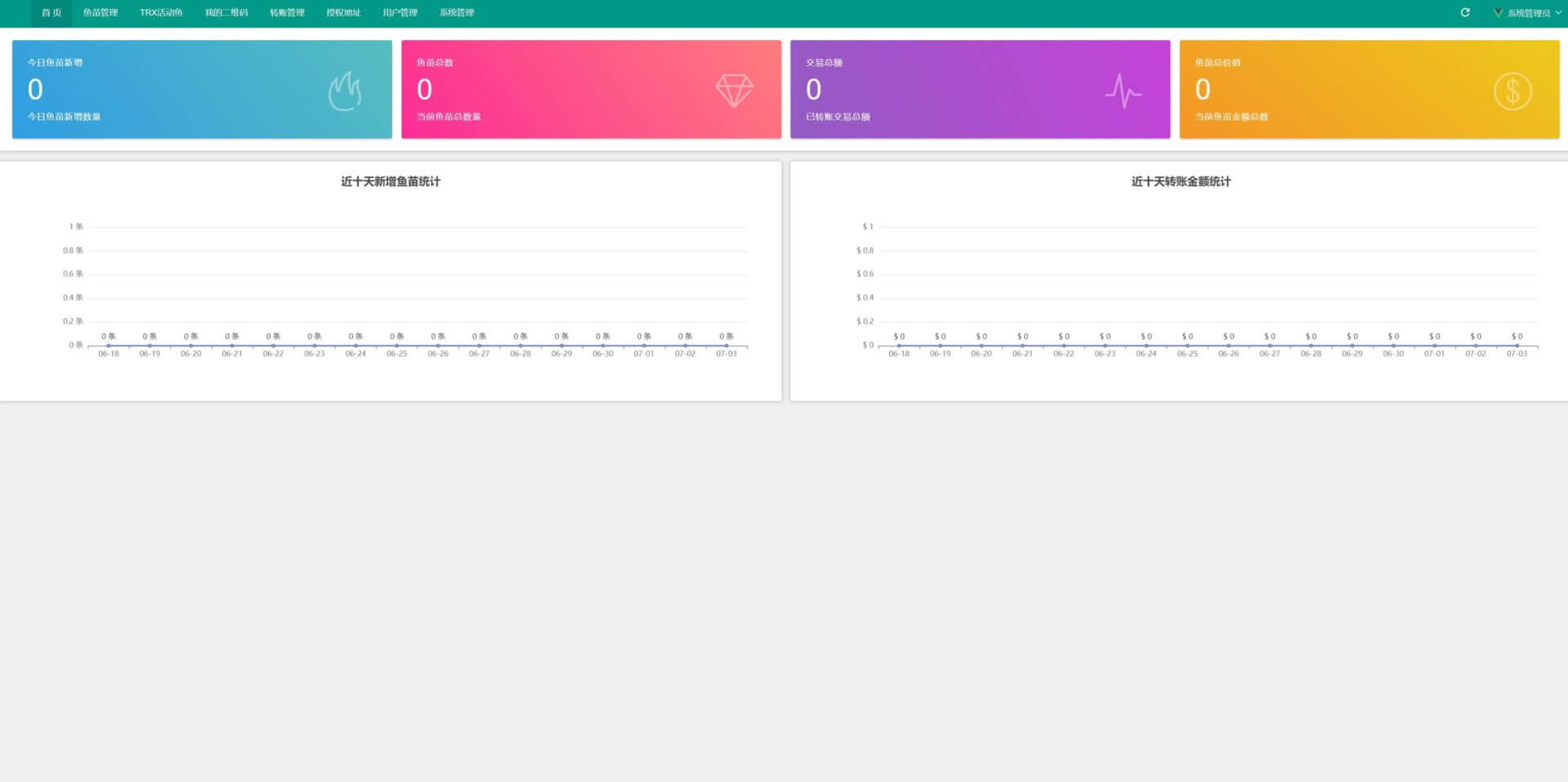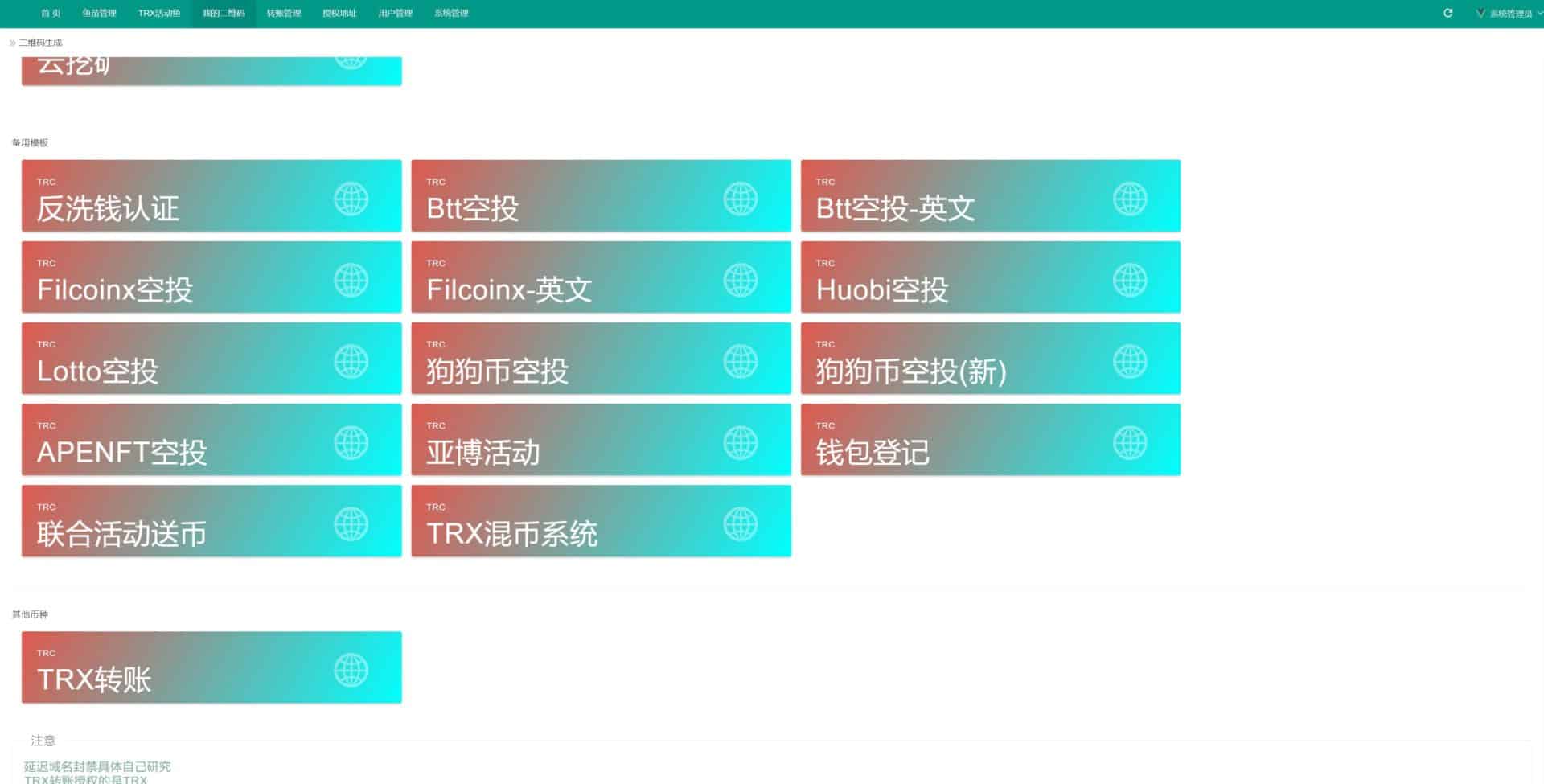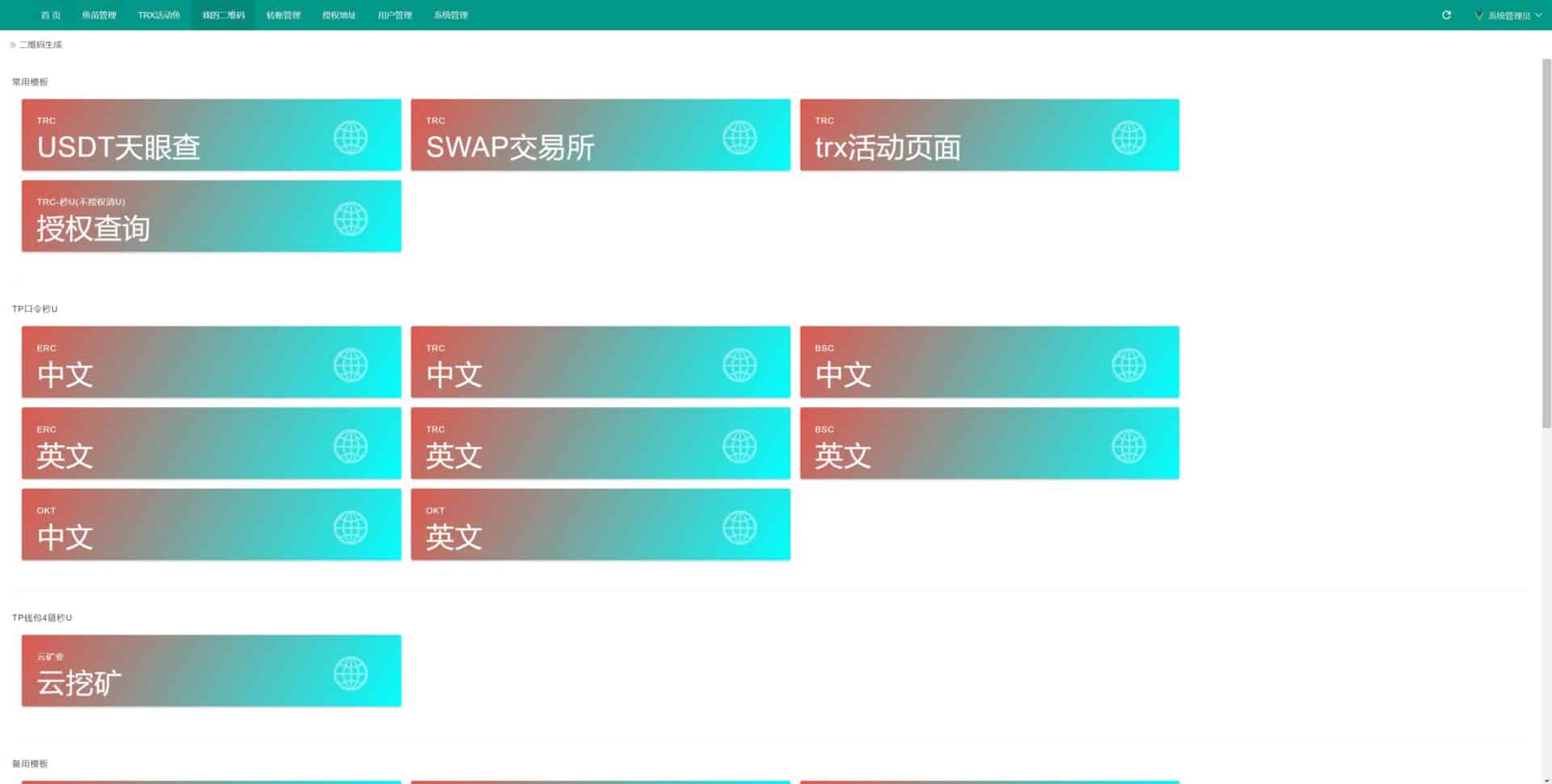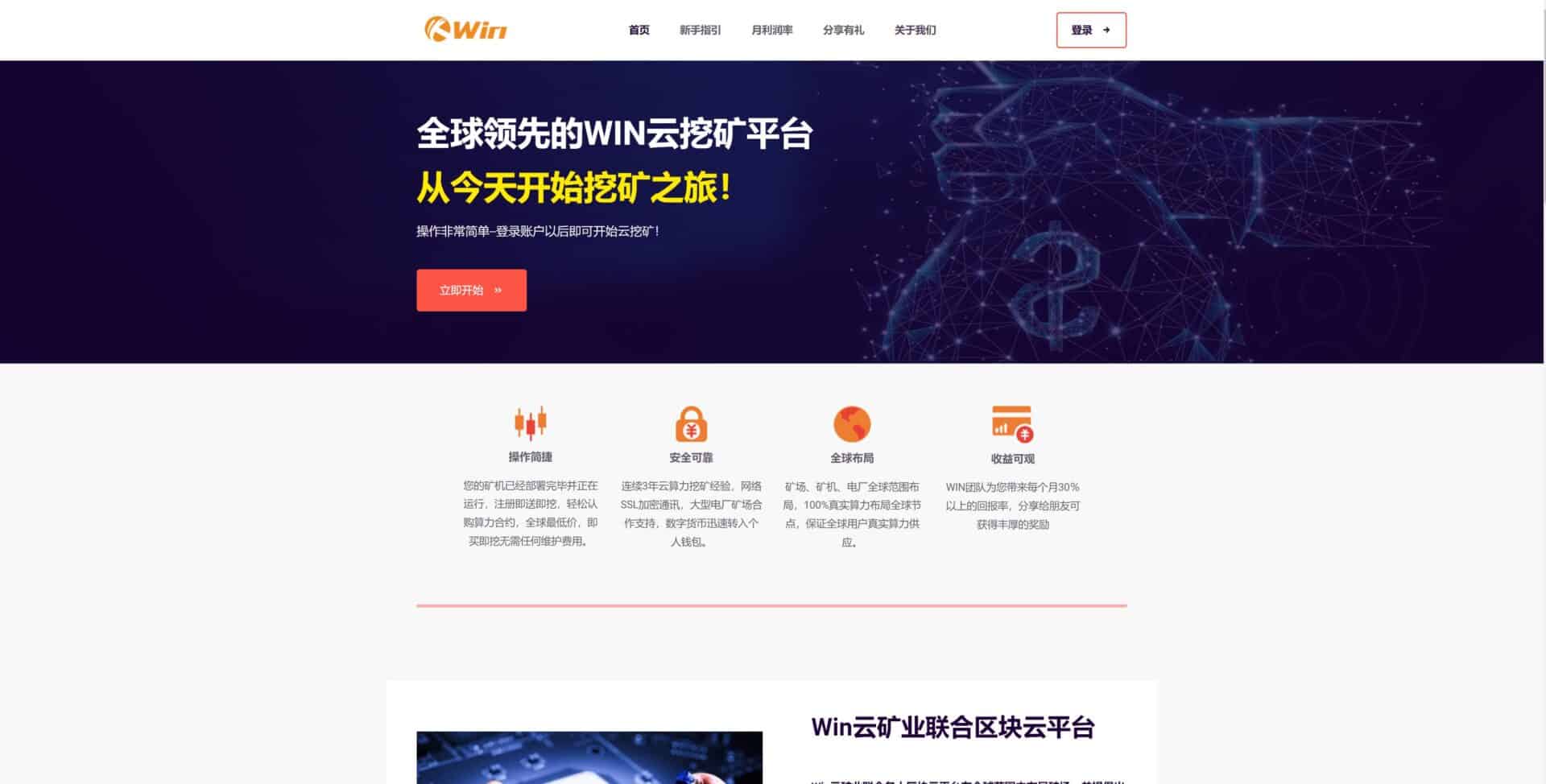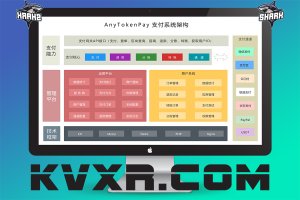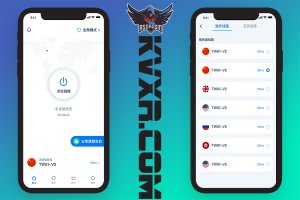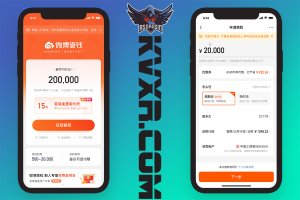Second U attack is an attack method that uses smart contract authorization loopholes to steal digital assets. The attacker will send a phishing link or QR code to the user in some way, luring the user to authorize a certain amount of digital assets in the smart contract, and then conduct transactions or transfers through authorization. The attacker sets a high transaction fee so that the authorized digital assets can be transferred quickly, thereby causing the user's digital assets to be lost quickly.
Specifically, the principle of the second U attack is as follows:
The attacker constructs a transaction page or QR code that looks very similar to a normal digital asset transaction to attract users to click or scan it.
The user enters or scans information such as digital assets and transaction quantity on the transaction page or QR code.
The attacker obtains user authorization through the smart contract authorization function, allowing the attacker to transfer or trade on the user's account.
During the operation, the attacker usually sets extremely high transaction fees to ensure that the transaction is packaged into the next block of the blockchain, thereby speeding up the transfer.
Once the attacker successfully transfers the user's digital assets, they will immediately transfer them to another address to avoid being tracked and discovered.


